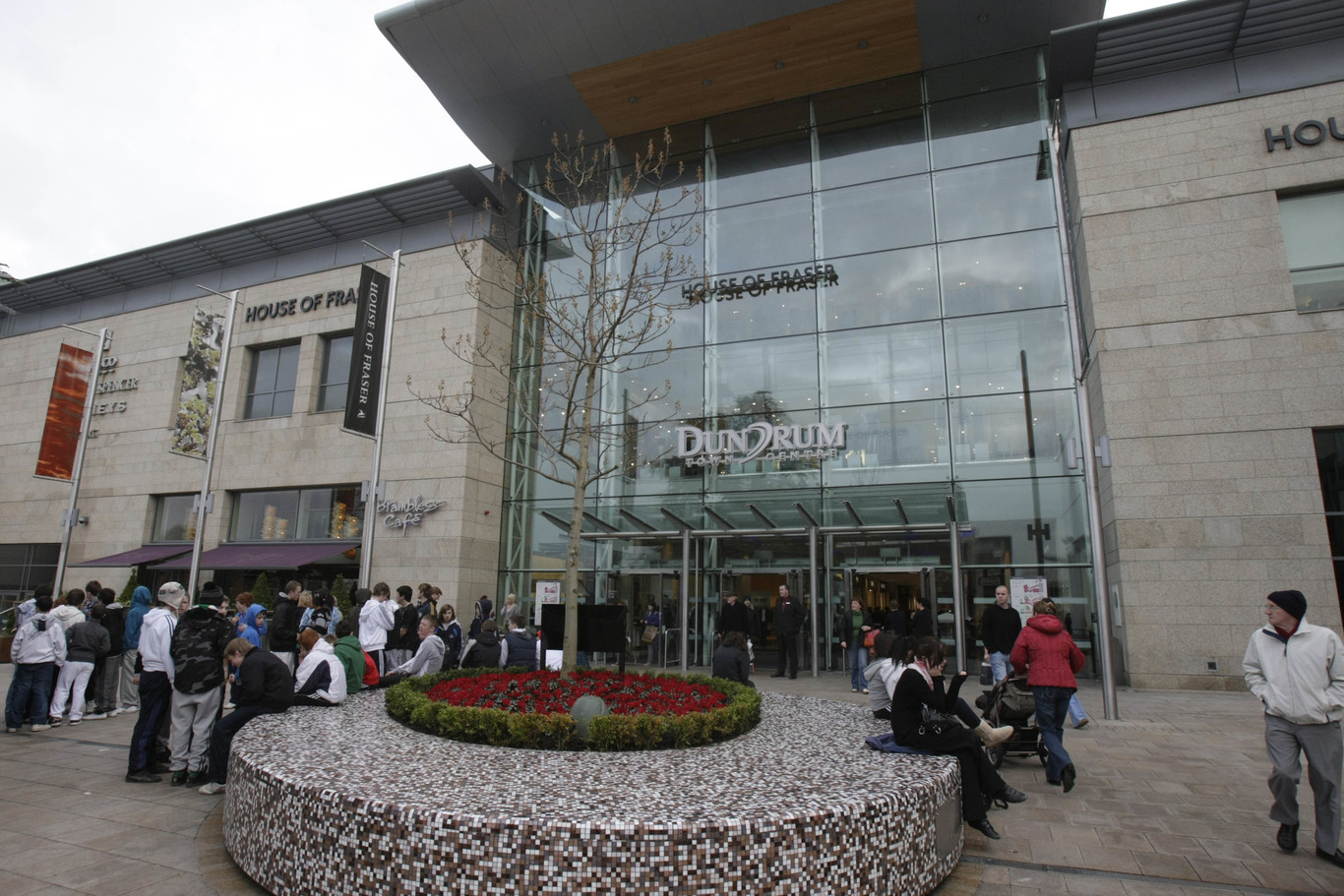Welcome to the 'experience economy': Why restaurants are moving into shopping centres
Outlets like Dundrum Town Centre and Liffey Valley are using food to drive footfall.
THE RECENT INFLUX of restaurants into shopping centres shows no signs of stopping – and there’s a good reason why traditional retail outlets are banking on building food quarters.
In a recent report on Dublin’s retail landscape, property group BNP Paribas Real Estate (BNPPRE) highlighted a “trend towards leisure and food and beverage” across several new retail developments in the city.
Over the last number of years, high-profile shopping centres in Dundrum and Swords as well as Liffey Valley have looked to add more food and beverage outlets to their offering.
The trend is an indication of a move towards the “experience economy”, according to Paddy Davis, managing director of creative experience agency Because.
One the company’s clients is property giant Hammerson, co-owner of Dundrum Town Centre, which got the all-clear to roll out a new restaurant quarter last year.
“It’s about trying to look at what can a bricks-and-mortar store or a shopping centre do that an online retailer can’t? It can create an immersive environment,” says Davis.
From a retailer’s perspective, a strong food and beverage offering provides ‘experiences’ that drive all-important repeat footfall.
“I think it goes back to that saying that people are short of experiences and not things. It’s encouraging customers to see shopping as an inspiring way to pass time and not just transactional,” Davis says.

Mervyn Ellis, retail director at BNPPRE Ireland, thinks that consumers’ exposure to travel and higher disposable income are largely behind the trend, with customers looking to “experience improved food offers”.
Although food has been identified as a tool for shopping centres to increase so-called ‘dwell time’, prime units are still being occupied by the likes of fashion, footwear and homewares brands that can afford the higher rents.
That means for the most part, food and beverage businesses are snapping up “secondary retail” spaces, which in the case of shopping centres usually requires an extension or new wing on the existing thoroughfare.
“You will not see a restaurant … on the main pitches of shopping centres. The demand for comparison shopping is still at a level that a restaurant operator will not be able to afford,” Ellis says.
Driving footfall
Damian O’Reilly, a senior lecturer in retail management at Technology University Dublin, says changing consumer tastes that emerged in the years after the crash have contributed to the greater appetite for food ‘experiences’.
For example, he notes that Dundrum Town Centre’s new food and leisure space had been mooted for some time before it came to fruition:
“You can see now that consumer sentiment is a bit higher, disposable income is a bit higher, so people are more willing now to spend money,” O’Reilly says.
For shopping centres in particular, destination footfall is the all-important target, according to Savills retail director Darragh Cronin.
“You want to create experiences. People are going there to eat, they’re going there to socialise, they’re going there for leisure activities. While they’re there, they have to walk past the retail,” he says.
That said, Cronin notes that there is a certain sweet spot when it comes to using food and leisure to improve footfall rates:
“Multiple different brands doing very different types of food offer creates an attraction – people will keep coming back for the variety. If you only have two or three offers rather than 10, there’s a situation where people might get bored of that and go somewhere else.”






